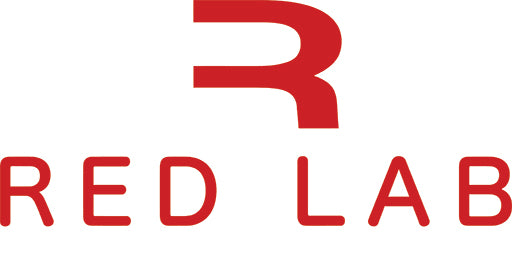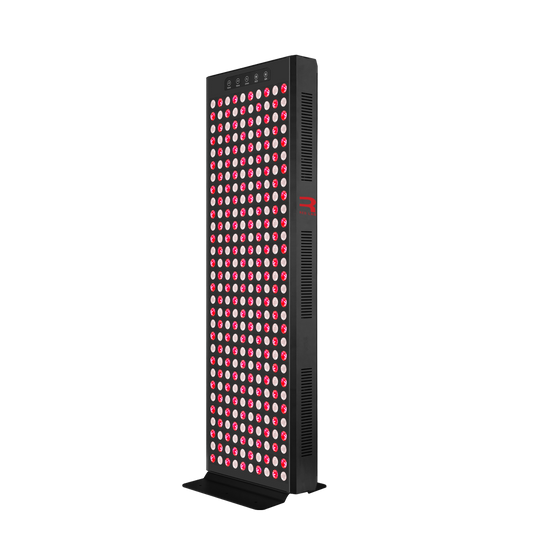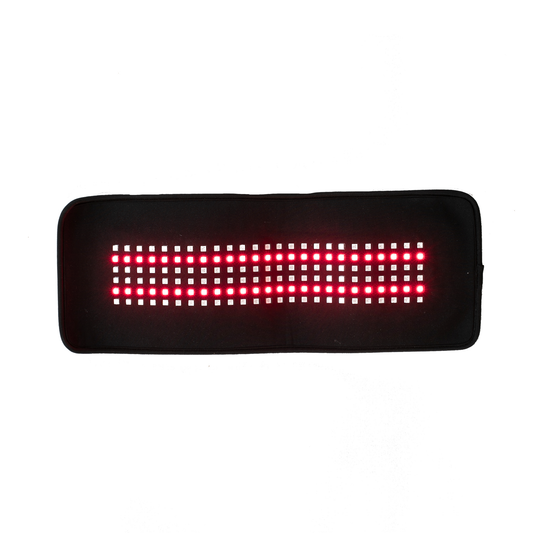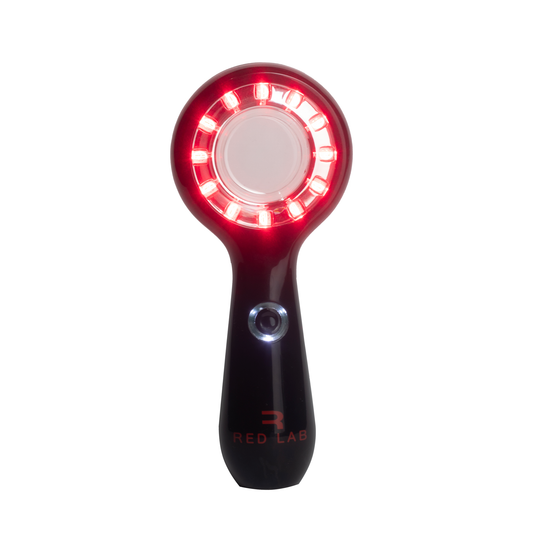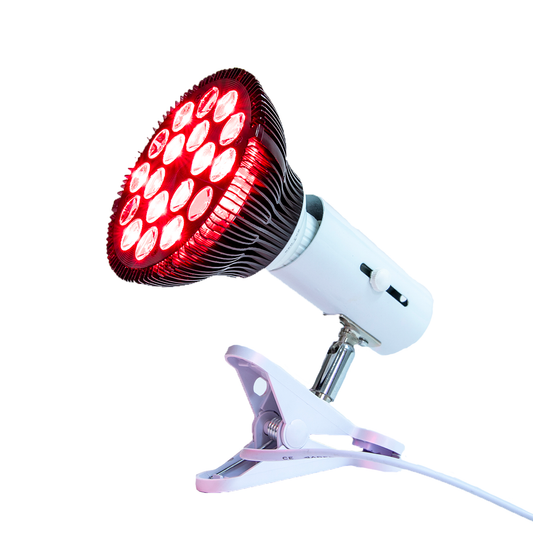Sports injuries can be debilitating, causing pain and limiting mobility. While traditional methods such as rest, ice, and physical therapy are often effective, many athletes are now turning to near infrared and red light therapy to speed up the recovery process and get back on the field or court as quickly as possible. In this blog post, we'll take a closer look at how near infrared and red light therapy can help with sports injury recovery and how to incorporate it into your post-injury routine.
What is Near Infrared and Red Light Therapy?
Red and near-infrared light therapies use light energy to activate cells and advance healing. Red and near-infrared light is safe and non-intrusive - compared with UV light, which is harmful for the skin. These treatments are based on the idea that specific light frequencies can pass through the skin and stimulate bodily cells, causing a cascade of advantageous reactions that encourage healing and rejuvenation.
How Does Near Infrared and Red Light Therapy Help with Sports Injury Recovery?
- Increased Blood Flow: Near infrared and red light therapy increase blood flow to the affected area, delivering oxygen and nutrients to the cells and helping to speed up the healing process.
- Reduced Inflammation: Inflammation is a key factor in many sports injuries, and near infrared and red light therapy can help to reduce it, reducing pain and promoting healing.
- Improved Cellular Function: By boosting blood flow and reducing inflammation, near infrared and red light therapy can help to improve the overall function of cells in the affected area, speeding up the recovery process.
- Enhanced Performance: In addition to promoting healing and recovery, near infrared and red light therapy can also help to enhance athletic performance by reducing muscle soreness and improving energy levels.
How to Incorporate Near Infrared and Red Light Therapy into Your Sports Injury Recovery Routine
- Devices: There are a variety of near infrared and red light therapy devices available, such as the at-home-use devices available from RED LAB. These include handheld devices, target lights, flex pads, and full-body panels. Choose the one that best fits your needs and budget.
- Frequency: To see the best results, aim for at least 3-5 sessions per week, and adjust based on your individual needs.
- Duration: Each session should last between 10-30 minutes, depending on the size and strength of the device.
- Distance: Keep the device at the recommended distance from your skin, as specified by the manufacturer.
- Focus: When using the device for specific conditions, such as sports injury recovery, focus the device on the affected area.
Red and near-infrared light therapy can be a beneficial addition to your sports injury recovery routine. They can hasten the healing process, lessen pain and inflammation, and enhance cellular function generally. Whether you're a professional or amateur athlete, including near infrared and red light therapy in your post-injury regimen can help you return to the field or court as soon and as effectively as possible.
